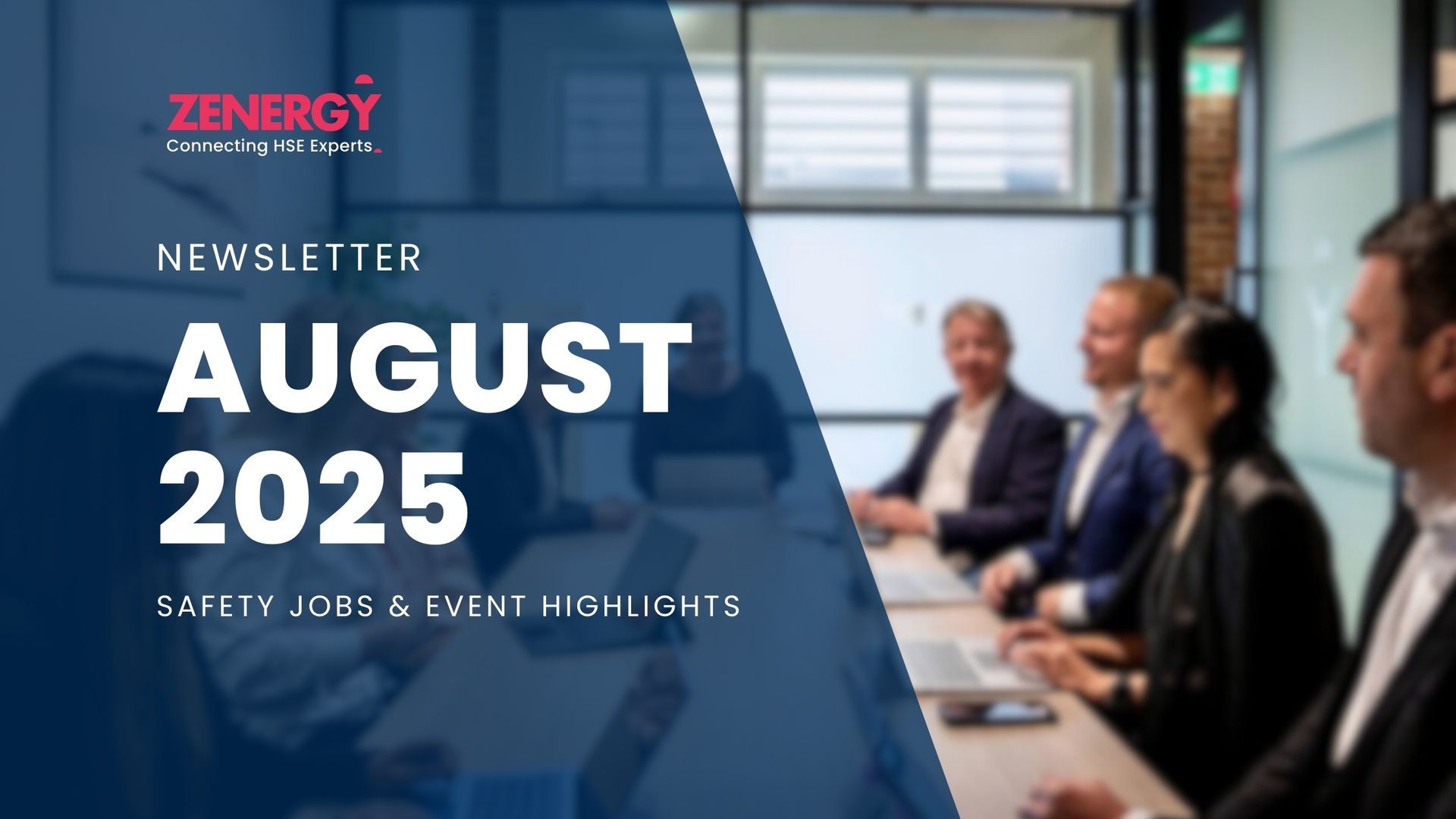Workplace fatality: Woolies pledges $1.8m for safety upgrades
NT WorkSafe has accepted the enforceable undertaking proposed by Woolworths Ltd after the 2016 death of a Maningrida man, who was run over by a prime mover in the Hibiscus Shopping Centre loading dock.
Woolworths submitted the enforceable undertaking after being charged with one breach of Section 32 of the Work Health and Safety (National Uniform Legislation) Act 2011 for failing to comply with a health and safety duty.
Acting executive director NT WorkSafe Melissa Garde said the main undertaking worth $1.6 million was committed to upgrading the infrastructure of back docks at all Woolworths stores across the Territory to enhance traffic management controls above what is required by law.
This figure is in addition to the $500,000 already spent by Woolworths to secure the Hibiscus Shopping Centre loading dock and other Woolworths loading docks in the Territory that were considered high risk.
“Being struck by a vehicle or other mobile plant like forklifts, is a major hazard in workplaces across the country,” Ms Garde said.
“Shopping centres have a high level of vehicle and pedestrian traffic, and the Hibiscus Shopping Centre loading dock was routinely used as a short cut,” Ms Garde said.
“All retailers should look at their traffic management arrangements to ensure a similar incident doesn’t occur at their workplace.”
The enforceable undertaking will benefit the wider retail industry with more than $50,000 committed for research and development into using digital technology for continuous controlled monitoring of loading docks, the development of a Retail Dock Safety Guide, and through the delivery of free industry presentations on traffic management risks.
The community will also benefit with the purchase of 17 defibrillators to be distributed by St John Ambulance for community use and a donation of funds to support Lifeline operations in the Northern Territory.
Details of the Woolworths enforceable undertaking are available on the NT WorkSafe website.
Originally posted on http://workplaceohs.com.au
How to reduce the fall risk
It shouldn’t take a workplace accident to make business leaders introduce practices aimed at reducing fall risks. As such, every hazard in relation to height safety should be assessed before workers commit. With this in mind, here are two considerations that every project leader should think about.
1) Training
While workers might believe that they will be safe atop roofs, statistics from Safe Work Australia paint an entirely different picture. Figures from between 2003 and 2011 suggest that 25 workers lost their lives after falling from roofs.
This included nine who were repairing infrastructure and five removing roof sheeting, in a similar fashion to the man injured earlier this year. Before any worker undertakes a task on the roof, it is imperative that he or she has completed industry training – something the team at Anchor Safe Systems can support.
We can offer fully accredited training courses for safe work at heights, as well as construction induction and advanced first aid training. Federal legislation states that no worker can operate at heights alone without being assessed for competency first – an important message to remember.
2) Proper equipment
Working at height equipment is designed to keep workers safe, questioning why many businesses rely on outdated paraphernalia or equipment in need of repair. While it is too early to suggest what caused these recent incidents, SafeWork NSW noted the lack of basic safety systems such as edge protection, working platforms or safety nets in the recent incidents.
Based on a Working at Heights Association survey, 94 per cent of fixed ladders and 31 per cent of anchor points inspected were found to be potentially unsafe due to poor installation, highlighting the value of working with a trusted provider such as Anchor Safe Systems.
Whether you are located in Western Australia, the Northern Territory or NSW, Anchor Safe Systems can provide industry-leading equipment and training to avoid workplace accidents. We are a provider of high-quality work platforms, safety nets and harnesses, which can be completely tailored to your workplace environment.
For more information about how we can help your working at height personnel stay safe, contact our team today.







